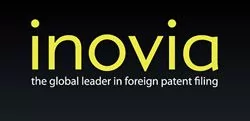Validation costs for granted European applications can easily spiral out of control due to the translations required for many countries at this stage. Translation costs can make up over 75% of the total cost for validation, and as a result, applicants can often only validate in a limited number of Member States.
The London Agreement, which went into effect on May 1, 2008, helps reduce validation costs by easing translation requirements in the signatory countries. However, its benefits only apply to the 15 Member States who are currently participants.
In a bid to further simplify the translation requirements for European patents, European Union Commissioner Michel Barnier recently introduced a proposal that would basically expand the London Agreement to all countries.
Under this proposal, applications would be examined and granted in one of the three official languages (English, French or German). Upon grant, the claims of the patent would need to be translated into the other two official languages. No further translations would be required, except in the case of subsequent legal disputes.
In an example where the applicant wishes to validate in 13 countries, this proposal could potentially reduce overall costs from over €20,000 to about €6,000.
Historically, larger European countries such as Spain and Italy have been unhappy with the idea of their languages being pushed aside in this way. This is a key reason for the London Agreement covering such a limited number of countries. Convincing these countries will therefore be the key to this proposal becoming successful. Whether Commissioner Barnier's proposal can garner the required unanimous support among non London Agreement Member States remains to be seen.
In the meantime, there other ways to minimize translation costs and maximize European patent protection.
The content of this article is intended to provide a general guide to the subject matter. Specialist advice should be sought about your specific circumstances.


